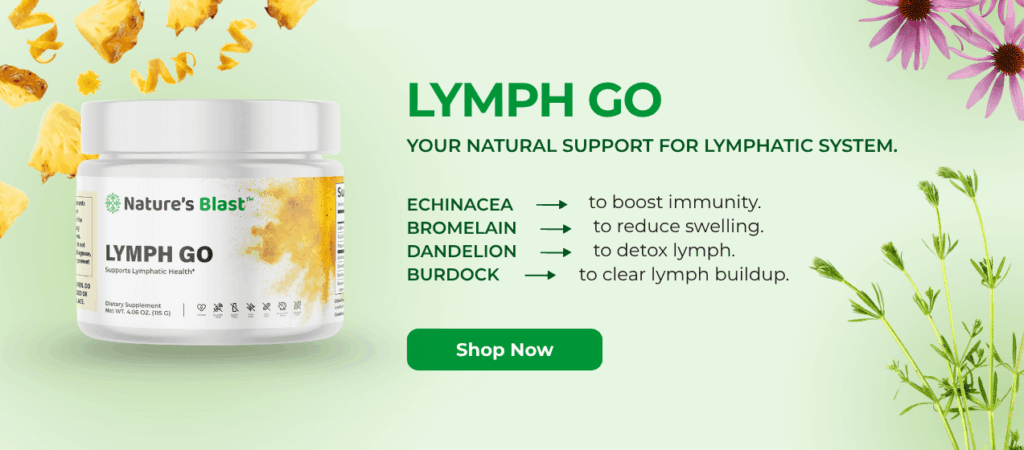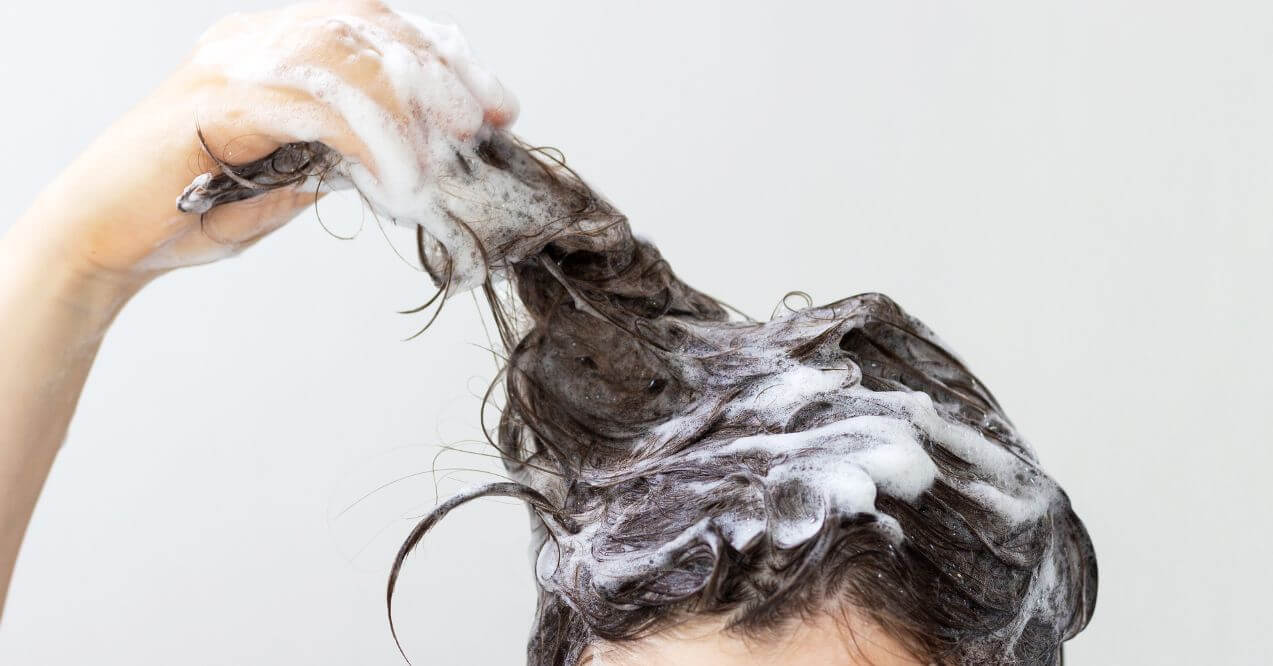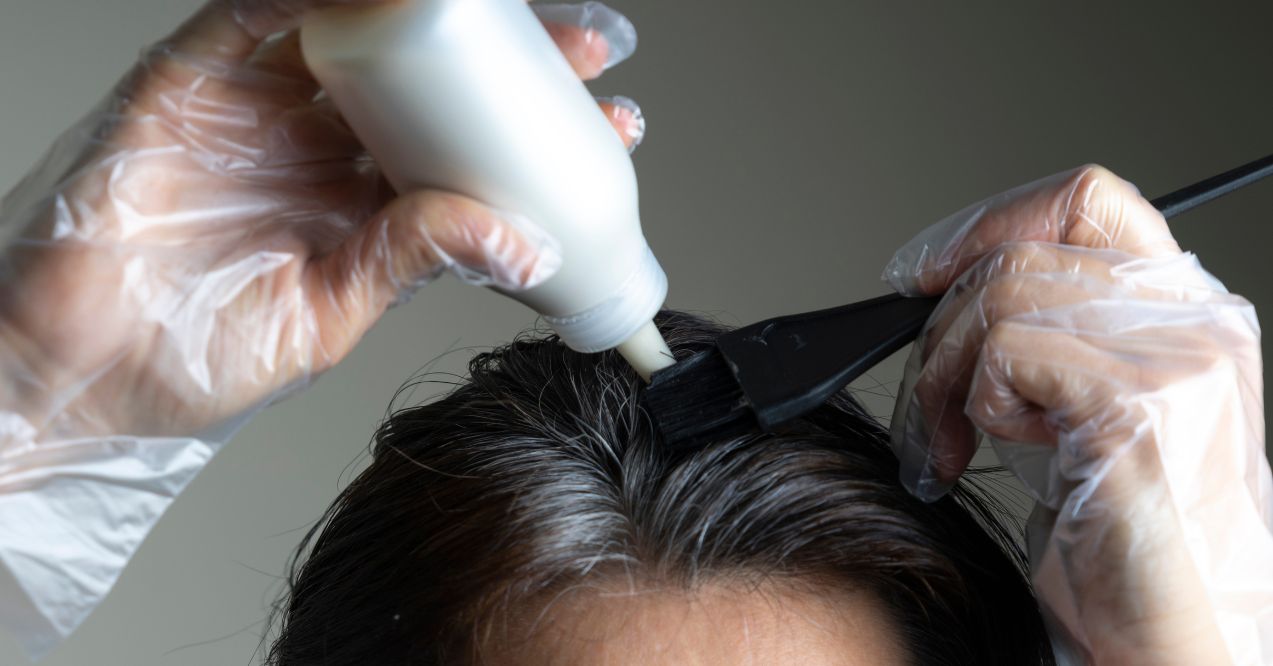What Is Lymphatic Acne and How to Treat It?
Medically reviewed by our experts


Your skin reveals much about what’s happening beneath the surface, particularly when it comes to your lymphatic system. This intricate network of vessels and nodes serves as your body’s natural detoxification highway, removing waste and maintaining fluid balance. When this system becomes congested, it can manifest as persistent, stubborn breakouts known as lymphatic acne. Unlike typical blemishes, these eruptions signal potential underlying imbalances in your body’s cleansing mechanisms.
Understanding the connection between lymphatic function and skin health offers valuable insights for those seeking clear, radiant skin through natural approaches rather than just topical solutions.
What Is Lymphatic Acne and Why Does It Matter?
Lymphatic acne represents a distinct type of skin concern that emerges when your body’s natural cleansing system becomes congested. Unlike common breakouts, lymphatic acne has several unique characteristics:
- Deep-seated, persistent blemishes that appear along lymphatic pathways
- Typically clusters around the lower cheeks, jawline, and neck areas
- Manifests as recurring, painful nodules rather than surface-level eruptions
- Often resistant to conventional topical treatments alone
What makes lymphatic acne significant is its connection to internal processes. When functioning optimally, your lymphatic system:
- Effectively removes cellular waste and environmental toxins
- Reduces inflammation throughout the body, including the skin
- Maintains proper fluid balance in tissues
- Supports overall skin clarity and health
However, when this internal drainage network becomes congested, toxins may accumulate in tissues, potentially triggering inflammatory responses that manifest as stubborn blemishes.
Signs and Symptoms of Lymphatic Acne

Recognizing lymphatic acne requires attention to specific patterns and characteristics that distinguish it from other skin concerns. The following signs can help you identify whether your breakouts might be connected to lymphatic congestion.
Breakout Location and Texture
Lymphatic acne typically follows distinctive patterns in its presentation. These breakouts distinctly differ from hormonal or stress-related blemishes in several ways:
- Predominantly appears along the jawline, under-chin area, and sides of the neck
- May extend to the lower cheeks and sometimes behind the ears
- Presents as deep, tender, often painful nodules beneath the skin
- Tends to feel firm and immovable when touched
- Often appears in clusters rather than as isolated blemishes
- Shows persistence and recurrence in the same areas
These lesions typically develop more slowly than conventional blemishes and may linger for weeks rather than days. The surrounding skin often appears dull or congested, lacking the vibrant tone of well-circulated tissue.
Puffiness and Swelling
Beyond the blemishes themselves, this type of acne frequently accompanies other signs of compromised fluid movement:
- Morning facial puffiness, particularly around the eyes and cheeks
- Persistent swelling that doesn’t resolve throughout the day
- Indentations in the skin when pressed (known as pitting)
- Feeling of heaviness or tension in the facial tissues
- Reduced definition along the jawline
- Slightly waxy or thickened appearance to the skin
This puffiness results from fluid retention when lymphatic drainage slows. Unlike temporary swelling from sodium consumption or sleep position, lymphatic-related puffiness tends to be more persistent and often accompanies a general sense of sluggishness or skin dullness.
What Causes Lymphatic Congestion and Can Lymphatic Drainage Cause Acne?
Multiple factors can contribute to sluggish lymphatic flow, potentially leading to skin manifestations. The primary contributors include:
- Sedentary lifestyle with insufficient physical movement
- Dehydration that thickens lymphatic fluid
- Consumption of highly processed foods
- Environmental toxin exposure
- Chronic inflammatory responses
- Insufficient sleep patterns
- Persistent stress levels
- Tight clothing that restricts natural flow
Interestingly, when addressing can lymphatic drainage cause acne, the relationship works in the opposite direction. Proper lymphatic drainage doesn’t cause breakouts – it helps prevent them. However, during initial lymphatic drainage treatments (whether through massage, dry brushing, or professional techniques), some individuals experience temporary “purging” as the system begins moving stagnant fluids and toxins.
This temporary increase in blemishes isn’t the treatment causing acne but rather accelerating the body’s natural elimination processes. As the lymphatic system regains optimal function, this purging phase typically resolves, often resulting in clearer, more balanced skin as circulation improves and waste removal becomes more efficient.
How to Treat Lymphatic Acne Naturally

Addressing lymphatic-related skin concerns requires a whole-body approach rather than spot treatments. The most effective strategies focus on enhancing circulation, reducing inflammation, and supporting your body’s natural detoxification processes. These gentle approaches help address the root causes rather than just managing symptoms.
Daily Movement and Exercise
Consistent movement serves as one of the most powerful methods for those wondering how to treat lymphatic acne naturally:
- Start with gentle rebounding (mini-trampoline jumping) for 5-10 minutes daily to stimulate lymphatic movement
- Incorporate walking for at least 30 minutes daily, emphasizing arm swinging and deep breathing
- Practice yoga poses that involve inversions and twists to enhance fluid circulation
- Consider swimming, which creates gentle pressure that assists lymphatic flow
- Avoid prolonged sitting; take movement breaks every hour
The lymphatic system lacks a central pump like the heart, instead relying on muscle contractions and body movement to propel fluid through its vessels. Even gentle activities significantly improve flow when practiced consistently.
Heat, Sweating, and Detox
Strategic use of heat therapy can enhance lymphatic function:
- Infrared sauna sessions (2-3 times weekly) promote deep sweating and circulation
- Contrast showers (alternating between warm and cool water) stimulate flow
- Epsom salt baths support mineral balance and gentle detoxification
- Staying properly hydrated enhances all detox processes
Also, many people explore red light therapy for lymphatic drainage. By stimulating cellular energy and circulation, red light may encourage smoother lymphatic flow, helping to reduce puffiness and support skin clarity over time.
Supporting your body’s natural cleansing processes from within may also improve lymphatic function and skin clarity. Lymph Go offers nutritional support for lymphatic system function. The carefully selected blend of superfood ingredients, including Echinacea and Bromelain, works synergistically to support the lymphatic system’s natural processes, promoting overall wellness.

A healthy lymphatic system plays a role in addressing various health concerns such as fluid retention, swelling, inflammatory responses, and immune function. Lymph GO provides nutritional support that may contribute to maintaining lymphatic health and overall vitality.
By supporting these internal cleansing mechanisms and avoiding the worst foods for lymphatic system, you can address lymphatic congestion at its source rather than just managing surface symptoms.
Manual Lymphatic Drainage and Castor Oil
Gentle self-massage techniques can significantly improve lymphatic movement:
- Use light, rhythmic strokes moving from the center of the face outward
- Focus on gentle pressure (like “brushing” the skin) rather than deep massage
- Apply castor oil or other best essential oils for lymphatic drainage to problem areas and cover with a warm compress for 15-20 minutes
- Use dry brushing with a natural-bristle brush before showering, always moving toward the heart
- Consider jade or rose quartz facial rollers stored in the refrigerator for cooling lymphatic massage
Many people notice visible changes when adopting these techniques, especially when comparing lymphatic drainage massage before and after results. Improvements often include reduced puffiness, a lighter feeling in the face and neck, and a clearer complexion as circulation improves.
Conclusion
Addressing lymphatic acne requires looking beyond conventional skincare approaches to understand the deeper connection between your body’s natural cleansing systems and skin health. By recognizing the distinctive signs – deep nodules along the jawline and neck, accompanied by facial puffiness – you can implement targeted strategies that address the root causes rather than just symptoms.
Through consistent movement, strategic detoxification practices, proper nutrition, and gentle manual techniques, you can support optimal lymphatic flow and potentially experience clearer, more balanced skin.
Support lymphatic acne improvement through consistent daily movement, proper hydration, manual lymphatic drainage massage, dry brushing, sauna sessions, anti-inflammatory nutrition, and targeted herbs like milk thistle. These approaches enhance natural cleansing mechanisms rather than just treating surface symptoms.
Yes, compromised lymphatic flow can contribute to acne. When the lymphatic system becomes congested, waste and toxins may accumulate in tissues, potentially triggering inflammatory responses that manifest as persistent breakouts, particularly along the jawline and neck.
Signs of lymphatic congestion include persistent facial puffiness (especially in the morning), deep nodular breakouts along the jawline, swollen lymph nodes, feelings of heaviness, dull skin appearance, water retention, slow-healing blemishes, and general fatigue.
Severe inflammatory acne can sometimes trigger lymph node enlargement, particularly when infections develop. The lymphatic system responds to inflammation by activating immune functions, potentially causing nearby nodes to become temporarily swollen, tender, or palpable.
FAQ
References

